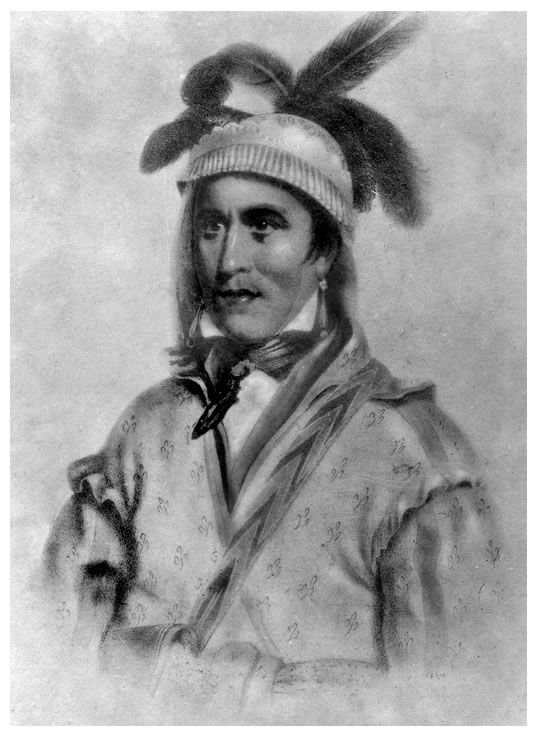Free-state sympathizer or a case of jumping to the wrong conclusion? You decide.
Here is a tale about a lynching on Guthrie Mountain in Bourbon County. It was told in 1932 by Charles E. Cory to the Kansas Historical Society. I am reprinting much of it as Cory wrote it.
“Away back in the later territorial days [May 30, 1854, until January 29, 1861, the hanging took place on a dark cold Sunday morn, in February, 1860, a little after midnight], when Bourbon county was in the ‘region beyant the law,’ a young man named [John R.] Guthrie was caught up near Mapleton riding somebody else’s horse.”
“Just across the river south of Mapleton in the Little Osage bottom is a little round hill about three hundred feet high shaped almost exactly like an overturned soup bowl. [The farmers who caught up with Guthrie] adjourned to the top of that hill. There they elected a judge and a sheriff and a prosecuting attorney, [and appointed a jury]. [Guthrie we suppose fended for himself, poorly, as he admitted his guilt.*]… After the verdict and the proper sentence, the sheriff had no place to keep the man [not wanting to take him home to his family], so he executed the sentence at once by hanging him to the limb of a jack oak tree nearby. His body was buried where it was cut dawn.”
“By the way, that hill is the same `pretty little hill’ where Lieut. Zebulon M. Pike [on his way west to the Pawnee villages on the Republican River, stopped and] ate fried venison steak that September morning in 1806, as he notes in his journal. It is still called Guthrie mountain, and is one of the real beauty spots of old Bourbon.”
*Others say he was hung for being a Free State Sympathizer, some say he was a schoolteacher come to Mapleton to teach his first class. Some say he cursed his killers and condemned them to a violent death. Some say that happened. Some say his ghost still haunts Guthrie Mountain.
Choose what you want to believe, but the most lurid tale was told by Chance Hoener in the Pittsburg Morning Sun.
There is more to the story that you can read online.


